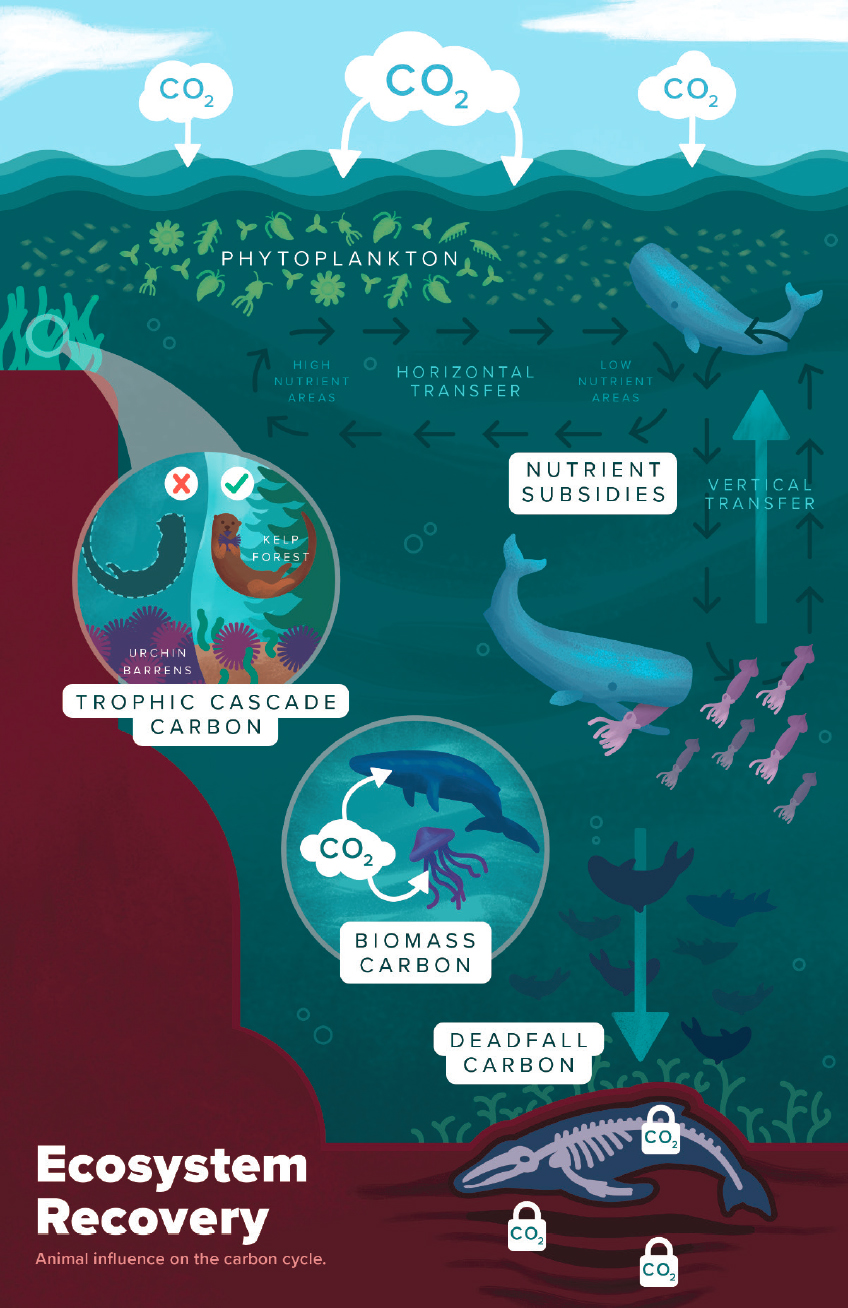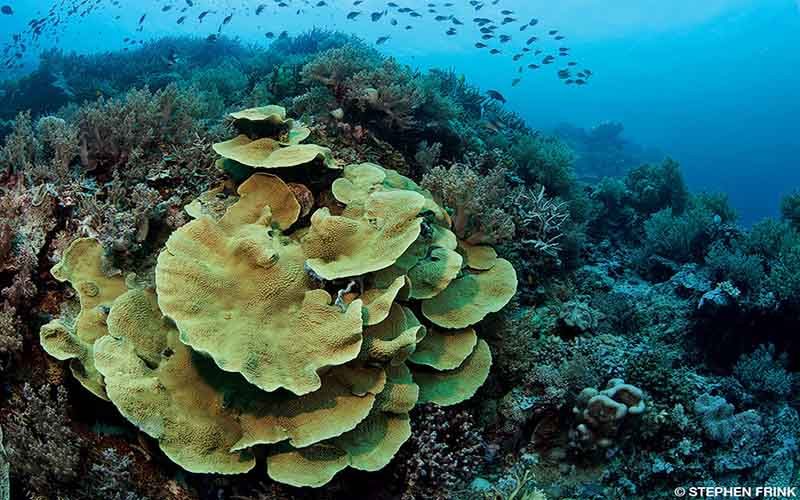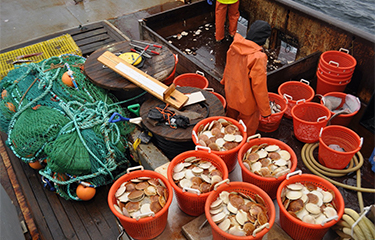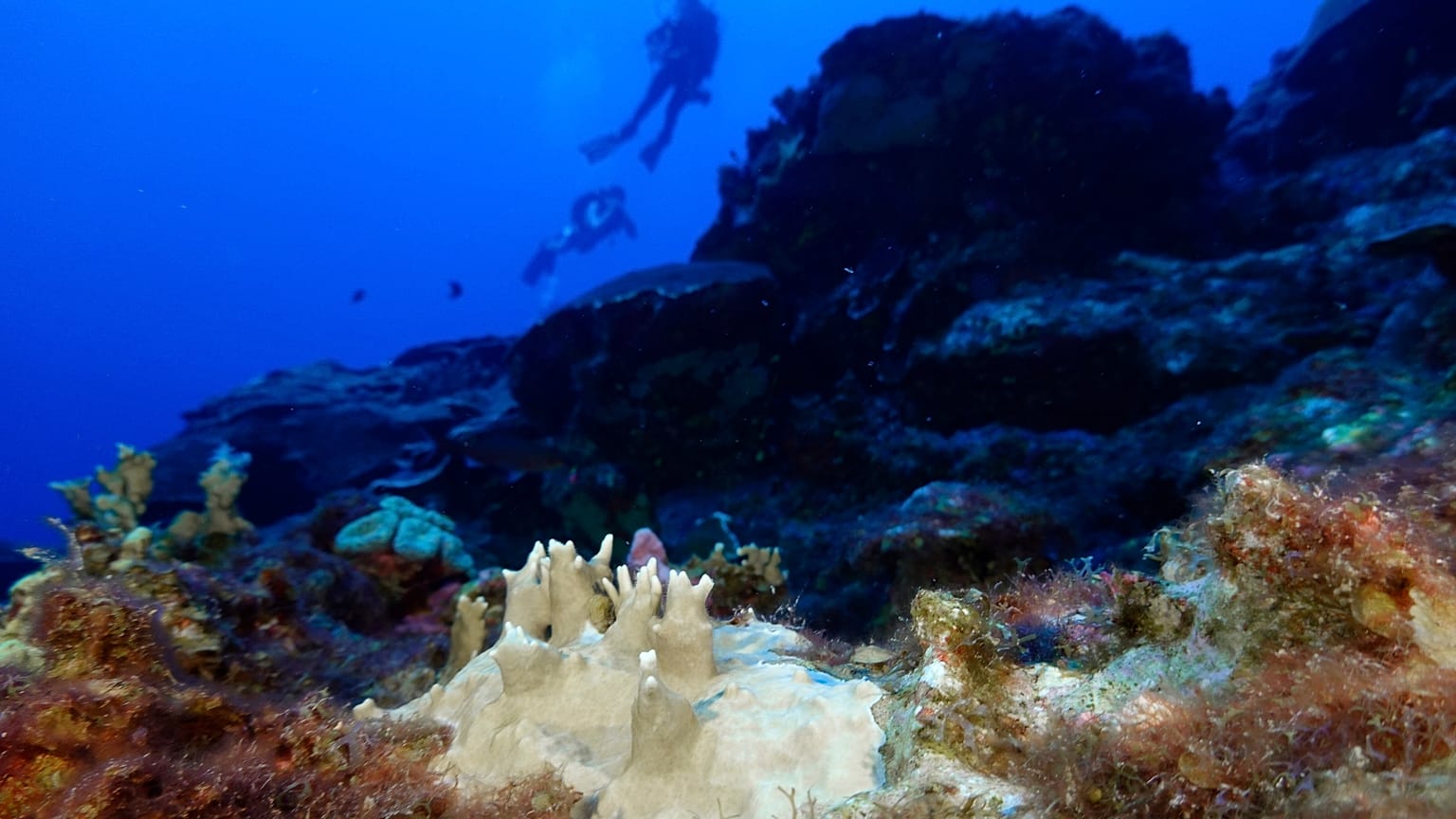Greece to create new marine reserves to protect underwater wildlife – France 24

Greece Advances SDG 14 with New Marine Protected Areas and Trawling Ban
Executive Summary
The government of Greece has announced the establishment of two new marine national parks and a landmark ban on bottom trawling, positioning the nation as a European leader in marine conservation. These initiatives directly support the United Nations Sustainable Development Goals, particularly SDG 14 (Life Below Water), by significantly expanding protected areas and eliminating destructive fishing practices. The plan aims to protect 30% of the country’s territorial waters by 2030, exceeding international targets and underscoring a commitment to preserving marine biodiversity for future generations.
Core Commitments to Marine Conservation (SDG 14)
Establishment of New Marine National Parks
In a significant move to protect marine ecosystems, Greece will create two new marine national parks. This action directly contributes to achieving SDG Target 14.2: to sustainably manage and protect marine and coastal ecosystems.
- Location of Parks: The new protected areas are located in the Ionian Sea and the Southern Cyclades in the Aegean Sea.
- Scale of Protection: These parks are set to become among the largest marine protected areas (MPAs) in the Mediterranean Sea.
- Conservation Goal: The primary objective is to safeguard Greece’s unique marine heritage and biodiversity.
Phasing Out Destructive Fishing Practices
Greece has committed to becoming the first country in Europe to ban the practice of bottom trawling within its marine protected areas. This measure is a critical step towards fulfilling SDG Target 14.4, which calls for an end to overfishing and destructive fishing practices.
- Initial Ban: A ban on bottom trawling has already been implemented in the waters of the Fournoi Korseon island chain to protect newly discovered coral reefs.
- Nationwide Expansion: The ban will be extended to all of Greece’s marine protected areas.
- Completion Timeline: The complete prohibition of bottom trawling within all national MPAs is scheduled to be finalized by 2030.
Aligning National Strategy with Global Sustainability Goals
Meeting and Exceeding International Targets
The national strategy aligns with and surpasses key international environmental commitments, demonstrating a robust approach to marine conservation.
- SDG Target 14.5: The initiative will enable Greece to achieve its goal of protecting 30% of its territorial waters by 2030, significantly exceeding the SDG target of conserving at least 10% of coastal and marine areas.
- International Forum: The commitment was announced following the UN Oceans Conference, highlighting its alignment with the global agenda for ocean protection.
Fostering Partnerships for the Goals (SDG 17)
The successful implementation of these marine parks relies on a multi-stakeholder collaborative model, reflecting the principles of SDG 17 (Partnerships for the Goals).
- Local Communities
- Local Fishermen
- Scientists
- Global Partners
Broader Context and Regional Response
The Role of Climate Action and Environmental Awareness
The Greek government’s accelerated efforts were partly inspired by the documentary “Ocean,” which emphasizes the critical role of healthy marine ecosystems in mitigating climate change, a key component of SDG 13 (Climate Action). The Prime Minister noted that the ocean is not merely scenery but “life itself,” underscoring its importance in addressing the global biodiversity crisis.
International Relations
The announcement prompted a response from neighboring Turkey, highlighting the geopolitical complexities of environmental management in the Aegean Sea.
- Turkey criticized the move as “unilateral action,” advocating for bilateral cooperation on environmental issues as encouraged by international maritime law.
- Ankara stated its willingness to cooperate with Athens and indicated that it would announce its own maritime protection plans.
SDGs, Targets, and Indicators Analysis
-
Which SDGs are addressed or connected to the issues highlighted in the article?
The article primarily addresses issues related to the conservation and sustainable use of marine resources, international cooperation, and the link between ocean health and climate change. The following SDGs are relevant:
-
SDG 14: Life Below Water
This is the central SDG discussed. The article focuses on Greece’s efforts to protect its marine environment through the creation of new marine protected areas, banning destructive fishing practices, and conserving marine ecosystems like coral reefs. The Prime Minister’s statement, “when we protect our ocean, we protect our own future,” directly aligns with the goal of conserving and sustainably using the oceans, seas, and marine resources.
-
SDG 17: Partnerships for the Goals
The article highlights the importance of collaboration. Greece’s initiative is part of a broader international effort announced at the “UN Oceans Conference” alongside Brazil and Spain. It also mentions the government’s plan to work with “local communities, local fishermen, scientists (and) global partners.” Furthermore, it touches upon diplomatic relations and potential cooperation with Turkey on environmental issues, underscoring the need for partnerships to achieve sustainable development.
-
SDG 13: Climate Action
The article explicitly connects ocean protection to climate action. It references the documentary “Ocean,” which “emphasises the importance of healthy seas for tackling climate change.” This shows an understanding that protecting marine ecosystems is a crucial strategy for climate change mitigation and adaptation, linking the conservation efforts directly to SDG 13.
-
-
What specific targets under those SDGs can be identified based on the article’s content?
Several specific targets can be identified from the actions and commitments described in the article:
-
Targets under SDG 14 (Life Below Water)
- Target 14.2: By 2020, sustainably manage and protect marine and coastal ecosystems to avoid significant adverse impacts, including by strengthening their resilience, and take action for their restoration in order to achieve healthy and productive oceans.
Explanation: The creation of “two new marine national parks” and the ban on bottom trawling are direct actions to “sustainably manage and protect marine and coastal ecosystems.” The protection of “recently discovered coral reefs” also falls under this target. - Target 14.4: By 2020, effectively regulate harvesting and end overfishing, illegal, unreported and unregulated fishing and destructive fishing practices and implement science-based management plans, in order to restore fish stocks in the shortest time feasible, at least to levels that can produce maximum sustainable yield as determined by their biologically sustainable characteristics.
Explanation: The commitment to ban the “hugely damaging practice of bottom trawling” by 2030 is a direct measure to end “destructive fishing practices.” - Target 14.5: By 2020, conserve at least 10 per cent of coastal and marine areas, consistent with national and international law and based on the best available scientific information.
Explanation: The article states a more ambitious goal that aligns with this target’s principle: “will enable us to achieve the goal of protecting 30 percent of our territorial waters by 2030.” This demonstrates a clear commitment to conserving a significant portion of marine areas.
- Target 14.2: By 2020, sustainably manage and protect marine and coastal ecosystems to avoid significant adverse impacts, including by strengthening their resilience, and take action for their restoration in order to achieve healthy and productive oceans.
-
Targets under SDG 17 (Partnerships for the Goals)
- Target 17.16: Enhance the global partnership for sustainable development, complemented by multi-stakeholder partnerships that mobilize and share knowledge, expertise, technology and financial resources, to support the achievement of the sustainable development goals in all countries, in particular developing countries.
Explanation: Greece’s announcement at the “UN conference in Nice” alongside Brazil and Spain exemplifies a “global partnership.” The plan to work with “scientists (and) global partners” further supports this target by mobilizing knowledge and expertise. - Target 17.17: Encourage and promote effective public, public-private and civil society partnerships, building on the experience and resourcing strategies of partnerships.
Explanation: The government’s commitment to “work with local communities, local fishermen, scientists” is a clear example of building a multi-stakeholder, civil society partnership to ensure the success of the marine parks.
- Target 17.16: Enhance the global partnership for sustainable development, complemented by multi-stakeholder partnerships that mobilize and share knowledge, expertise, technology and financial resources, to support the achievement of the sustainable development goals in all countries, in particular developing countries.
-
Targets under SDG 13 (Climate Action)
- Target 13.2: Integrate climate change measures into national policies, strategies and planning.
Explanation: By creating marine protected areas with the explicit understanding that “healthy seas” are important for “tackling climate change,” Greece is integrating climate considerations into its national environmental protection strategy and policies.
- Target 13.2: Integrate climate change measures into national policies, strategies and planning.
-
-
Are there any indicators mentioned or implied in the article that can be used to measure progress towards the identified targets?
Yes, the article mentions several quantitative and qualitative indicators that can be used to track progress:
-
Indicators for SDG 14 Targets
- For Target 14.5: The most direct indicator is mentioned for Target 14.5 (related to Indicator 14.5.1: Coverage of protected areas in relation to marine areas). The article provides a clear, measurable goal: “protecting 30 percent of our territorial waters by 2030.” Progress can be measured by the percentage of marine area designated as protected.
- For Target 14.2: An indicator is the establishment of new protected areas. The article specifies the creation of “two new marine national parks” in the Ionian Sea and the Southern Cyclades. The size of these parks (“among the largest marine protected areas in the entire Mediterranean”) is another qualitative indicator of impact.
- For Target 14.4: A key indicator is the implementation of the ban on a specific destructive fishing practice. The commitment to make “bottom trawling” illegal “in all Greece’s marine protected areas by 2030” is a concrete, verifiable action.
-
Indicators for SDG 17 Targets
- For Targets 17.16 & 17.17: Progress is indicated by the formation and activation of partnerships. The article points to the collaboration announced at the “UN Oceans Conference” and the stated intention to work with “local communities, local fishermen, scientists (and) global partners.” The willingness of Turkey to “cooperate with Greece” is another potential indicator of a developing partnership.
-
Indicators for SDG 13 Target
- For Target 13.2: The indicator is the policy action itself. The establishment of large-scale marine protected areas, partly justified as a measure for “tackling climate change,” serves as a tangible indicator that climate change measures are being integrated into national environmental policy.
-
-
Table of SDGs, Targets, and Indicators
SDGs Targets Indicators Identified in the Article SDG 14: Life Below Water 14.2: Sustainably manage and protect marine and coastal ecosystems. 14.4: End destructive fishing practices.
14.5: Conserve coastal and marine areas.
– Establishment of “two new marine national parks.”
– Protection of “recently discovered coral reefs.”– Ban on “the hugely damaging practice of bottom trawling” by 2030.
– Goal of “protecting 30 percent of our territorial waters by 2030.”
SDG 17: Partnerships for the Goals 17.16: Enhance the global partnership for sustainable development. 17.17: Encourage and promote effective public, public-private and civil society partnerships.
– Joint announcements with Brazil and Spain at the “UN conference in Nice.”
– Potential cooperation with Turkey on environmental issues.– Plan to “work with local communities, local fishermen, scientists (and) global partners.”
SDG 13: Climate Action 13.2: Integrate climate change measures into national policies, strategies and planning. – Creation of marine protected areas as a strategy for “tackling climate change.”
Source: france24.com

What is Your Reaction?
 Like
0
Like
0
 Dislike
0
Dislike
0
 Love
0
Love
0
 Funny
0
Funny
0
 Angry
0
Angry
0
 Sad
0
Sad
0
 Wow
0
Wow
0
















































































